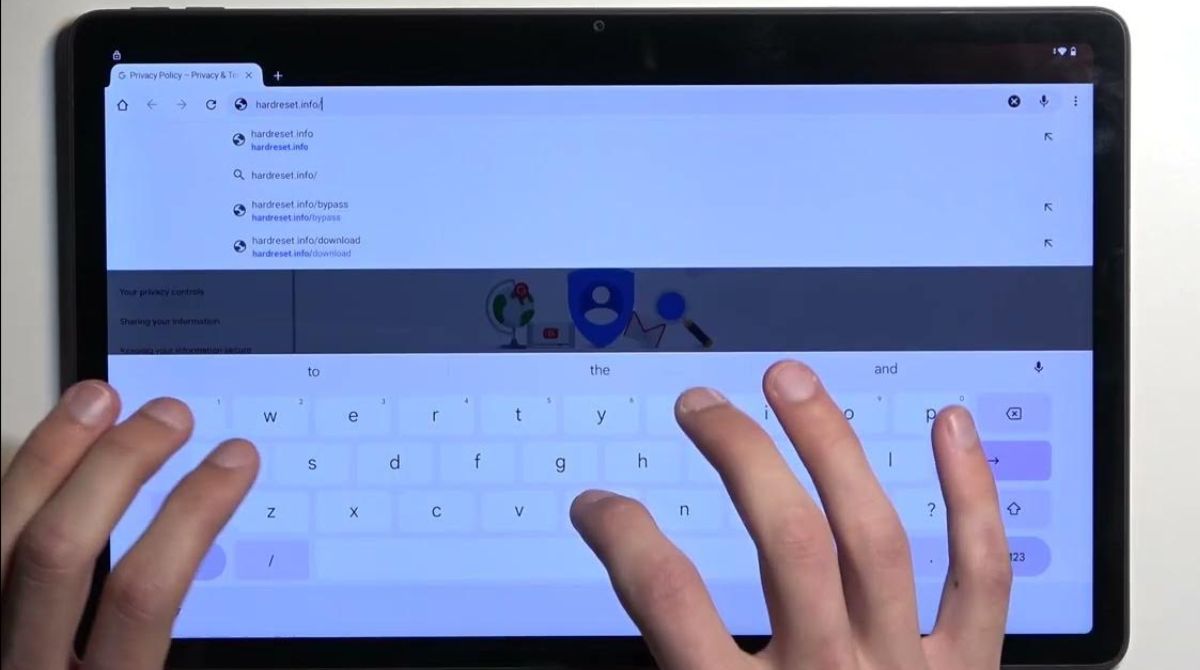Introduction
Unlocking your device when faced with the FRP (Factory Reset Protection) lock can be a frustrating experience. This security feature, designed to protect your data in case of theft or unauthorized access, can sometimes lead to a lockout situation, leaving you unable to access your own device. However, there are methods to bypass the FRP lock without the need for additional software or an OTG (On-The-Go) cable. In this article, we will explore various techniques to regain access to your device, allowing you to resume using it without any hindrance.
Unlocking your device from the FRP lock without the use of software or an OTG cable can be a valuable skill to possess. Whether you've forgotten your Google account credentials, don't have access to an OTG cable, or simply prefer alternative methods, the following techniques will provide you with viable solutions. By understanding these methods, you can regain access to your device and continue using it without any limitations.
Now, let's delve into the different methods that can help you bypass the FRP lock without relying on specialized software or an OTG cable. Each method offers a unique approach, providing you with options to choose from based on the resources available to you. Whether it's using your Google account credentials, a SIM card, a Bluetooth keyboard, or a USB keyboard, there's a solution that can help you regain access to your device, ensuring that the FRP lock doesn't impede your usage.
As we explore these methods, it's important to approach them with a clear understanding of the FRP lock and its purpose. By doing so, you can navigate through the bypass methods effectively, ensuring that you can unlock your device without compromising its security features. With these techniques at your disposal, you can confidently address any FRP lock-related issues that may arise, empowering you to regain control of your device without the need for additional software or hardware.
Method 1: Using Google Account Credentials
One of the primary methods to bypass the FRP lock on your device is by utilizing your Google account credentials. This approach leverages the association between your device and your Google account, allowing you to regain access without the need for external hardware or software.
To initiate this method, start by entering an incorrect pattern, PIN, or password multiple times on your locked device. This will prompt the device to display the "Forgot Password" or "Forgot Pattern" option. Upon selecting this option, you will be prompted to enter your Google account credentials, including your email address and password.
Once you have successfully entered the correct Google account credentials, the device will verify the information with Google's servers. If the provided details match the associated Google account linked to the device, the FRP lock will be bypassed, granting you access to the device's interface.
It's important to note that this method requires an active internet connection on the device. This is necessary for the device to communicate with Google's servers and authenticate the provided Google account credentials. Therefore, it's advisable to ensure that the device is connected to a Wi-Fi network or has mobile data enabled before attempting this method.
Using Google account credentials to bypass the FRP lock is a convenient and effective approach, especially for individuals who have access to their associated Google account details. By leveraging the inherent connection between the device and the Google account, this method offers a straightforward solution to regain access without the need for additional hardware or software.
In situations where the device's owner has forgotten their Google account credentials, alternative methods such as using a SIM card, a Bluetooth keyboard, or a USB keyboard can be explored to bypass the FRP lock. However, for those who have their Google account details readily available, this method provides a seamless way to unlock the device and resume its usage without any impediments.
By understanding and utilizing the method of using Google account credentials, individuals can confidently address FRP lock scenarios, ensuring that their devices remain accessible and functional. This approach underscores the importance of maintaining accurate Google account information and leveraging it as a means to bypass the FRP lock, promoting a user-friendly and secure device unlocking process.
Method 2: Using a SIM Card
Another effective method to bypass the FRP lock without the need for software or an OTG cable involves using a SIM card. This approach capitalizes on the functionality of emergency call features present in most devices, providing a workaround to regain access to the device's interface.
To initiate this method, begin by inserting a SIM card into the locked device. Once the SIM card is inserted, proceed to the screen where the device prompts for a pattern, PIN, or password. At this stage, input any random code or pattern several times until the device displays a message indicating that the device is locked and requires an emergency call.
Upon reaching the emergency call screen, dial any emergency number, such as 911, and swiftly disconnect the call after it connects. Following this, press the power button to turn off the screen and then turn it back on. This action will prompt the device to display the option to enter a new pattern, PIN, or password.
At this point, you can enter a new pattern, PIN, or password, which will be accepted by the device, effectively bypassing the FRP lock and granting access to the device's interface. It's important to note that this method may not work on all device models, as the functionality of emergency calls may vary.
Using a SIM card to bypass the FRP lock offers a practical solution, particularly for individuals who do not have access to their Google account credentials or an OTG cable. By leveraging the emergency call feature and the insertion of a SIM card, this method provides an alternative approach to regain access to the device without the reliance on external software or hardware.
As with any bypass method, it's essential to exercise caution and ensure that the process is carried out in compliance with local regulations and guidelines. Additionally, it's advisable to explore this method only when other options, such as using Google account credentials, are unavailable or ineffective.
By understanding and employing the method of using a SIM card, individuals can navigate through FRP lock scenarios with confidence, knowing that there are alternative methods available to regain access to their devices. This approach underscores the adaptability and resourcefulness required to address FRP lock-related challenges, providing users with viable solutions to unlock their devices and resume their usage seamlessly.
Method 3: Using a Bluetooth Keyboard
Utilizing a Bluetooth keyboard presents another effective method to bypass the FRP lock without the reliance on software or an OTG cable. This approach leverages the functionality of a Bluetooth keyboard to input the necessary credentials or commands, offering a practical solution for regaining access to the device's interface.
To initiate this method, ensure that the locked device has Bluetooth functionality and is capable of pairing with external Bluetooth devices. Begin by activating the Bluetooth feature on the device and enabling the pairing mode. Subsequently, activate the Bluetooth keyboard and initiate the pairing process between the keyboard and the device. Once the pairing is successful, the Bluetooth keyboard will be ready for use in bypassing the FRP lock.
Proceed to the screen where the device prompts for a pattern, PIN, or password. Using the paired Bluetooth keyboard, input any random code or pattern multiple times until the device displays the option for entering the Google account credentials. Once this option is displayed, use the Bluetooth keyboard to enter the associated Google account credentials, including the email address and password.
Upon successfully entering the Google account credentials, the device will verify the information and proceed to bypass the FRP lock, granting access to the device's interface. It's important to note that this method requires the Bluetooth keyboard to be paired and functional throughout the process. Additionally, an active internet connection on the device is necessary for the authentication of the Google account credentials.
Using a Bluetooth keyboard to bypass the FRP lock offers a versatile and accessible approach, particularly for individuals who prefer a physical input method or do not have access to their Google account details. By leveraging the functionality of a Bluetooth keyboard, this method provides an alternative means to regain access to the device without the need for specialized software or an OTG cable.
As with any bypass method, it's essential to ensure that the Bluetooth keyboard is compatible with the device and is functioning reliably. Additionally, it's advisable to maintain the necessary Google account information for seamless authentication during the bypass process.
By understanding and implementing the method of using a Bluetooth keyboard, individuals can navigate through FRP lock scenarios with flexibility, knowing that alternative methods are available to unlock their devices and resume their usage seamlessly. This approach underscores the adaptability and resourcefulness required to address FRP lock-related challenges, providing users with viable solutions to regain control of their devices effectively.
Method 4: Using a USB Keyboard
Utilizing a USB keyboard to bypass the FRP lock provides a practical and accessible method for regaining access to a locked device without the need for specialized software or an OTG cable. This approach leverages the functionality of a USB keyboard to input the required credentials or commands, offering an alternative solution for unlocking the device's interface.
To initiate this method, ensure that the locked device supports USB On-The-Go (OTG) functionality, which allows for the connection of external USB devices such as keyboards. Begin by connecting the USB keyboard to the device using a compatible OTG adapter. Once the connection is established, the USB keyboard will be ready for use in bypassing the FRP lock.
Proceed to the screen where the device prompts for a pattern, PIN, or password. Using the connected USB keyboard, input any random code or pattern multiple times until the device displays the option for entering the Google account credentials. Once this option is displayed, use the USB keyboard to input the associated Google account credentials, including the email address and password.
Upon successfully entering the Google account credentials, the device will verify the information and proceed to bypass the FRP lock, granting access to the device's interface. It's important to note that this method requires the USB keyboard to be compatible with the device and functional throughout the process. Additionally, an active internet connection on the device is necessary for the authentication of the Google account credentials.
Using a USB keyboard to bypass the FRP lock offers a straightforward and convenient approach, particularly for individuals who prefer a physical input method or do not have access to their Google account details. By leveraging the functionality of a USB keyboard, this method provides an alternative means to regain access to the device without the need for additional software or hardware.
As with any bypass method, it's essential to ensure that the USB keyboard is compatible with the device and is functioning reliably. Additionally, it's advisable to maintain the necessary Google account information for seamless authentication during the bypass process.
By understanding and implementing the method of using a USB keyboard, individuals can navigate through FRP lock scenarios with flexibility, knowing that alternative methods are available to unlock their devices and resume their usage seamlessly. This approach underscores the adaptability and resourcefulness required to address FRP lock-related challenges, providing users with viable solutions to regain control of their devices effectively.
Conclusion
In conclusion, navigating through the challenges posed by the FRP lock without the reliance on specialized software or an OTG cable is an achievable feat, thanks to the diverse bypass methods available. The exploration of methods involving Google account credentials, SIM cards, Bluetooth keyboards, and USB keyboards has shed light on the adaptability and resourcefulness required to address FRP lock-related scenarios effectively.
The method of using Google account credentials stands as a convenient and straightforward approach for individuals who have access to their associated Google account details. Leveraging the inherent connection between the device and the Google account, this method offers a seamless way to unlock the device and resume its usage without any impediments.
Furthermore, the utilization of a SIM card as a bypass method provides an alternative solution, particularly for individuals who do not have access to their Google account credentials or an OTG cable. By leveraging the emergency call feature and the insertion of a SIM card, this method offers a practical approach to regain access to the device without the reliance on external software or hardware.
Moreover, the integration of Bluetooth keyboards and USB keyboards into the bypass process highlights the versatility and accessibility of these input methods. These methods cater to individuals who prefer physical input methods or do not have access to their Google account details, providing alternative means to unlock their devices effectively.
It's essential to recognize that each bypass method comes with its considerations and prerequisites. Whether it's ensuring the availability of Google account credentials, verifying the compatibility of external devices, or maintaining an active internet connection, these factors play a crucial role in the successful execution of the bypass process.
By understanding and implementing these bypass methods, individuals can navigate through FRP lock scenarios with confidence, knowing that viable solutions are available to unlock their devices and resume their usage seamlessly. This underscores the adaptability and resourcefulness required to address FRP lock-related challenges, empowering users to regain control of their devices effectively.
In essence, the diverse bypass methods presented in this article underscore the importance of exploring alternative solutions and leveraging available resources to overcome the FRP lock. By equipping individuals with the knowledge and understanding of these methods, this article aims to provide a valuable resource for addressing FRP lock-related challenges, ensuring that users can regain access to their devices and continue using them without hindrance.







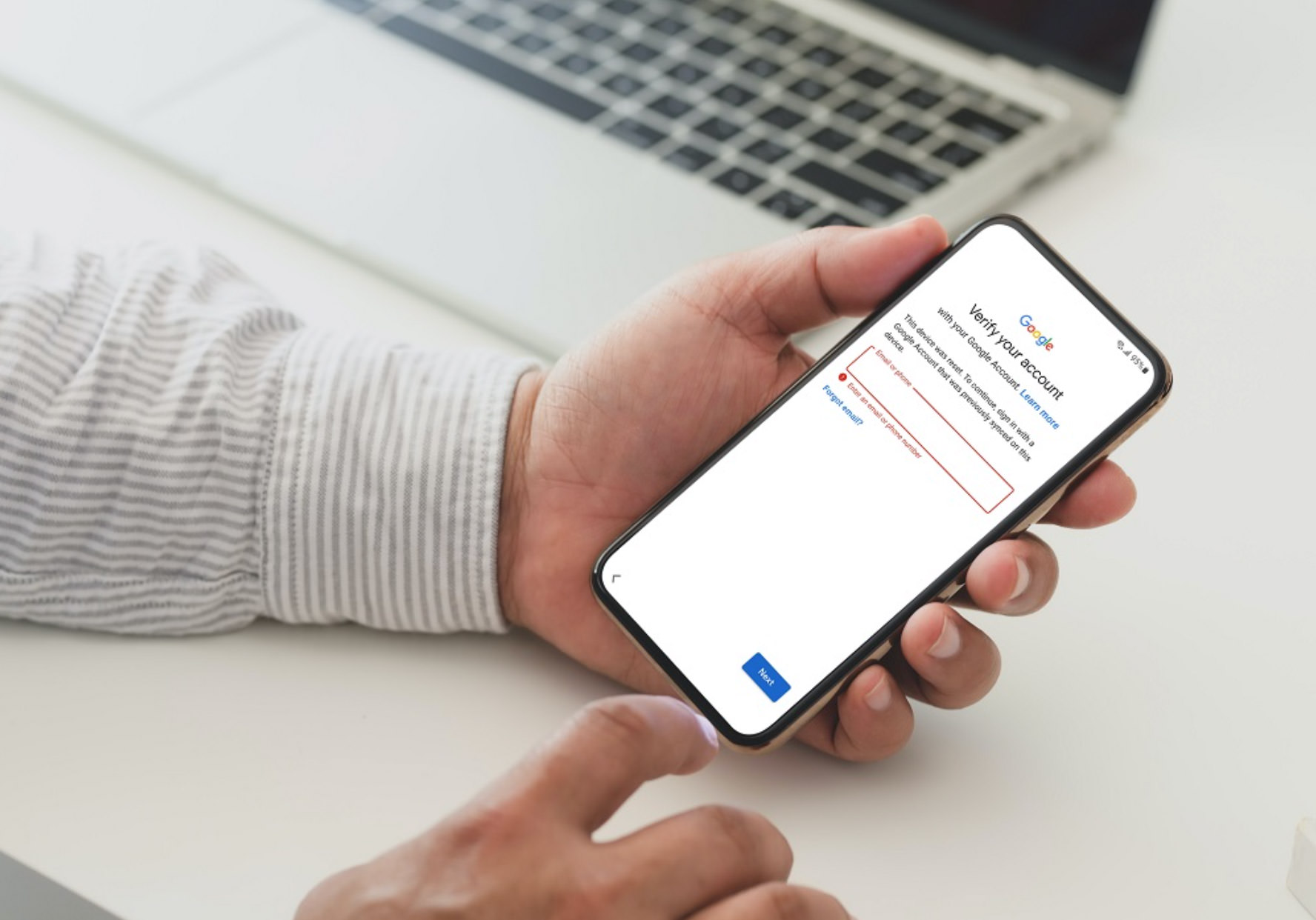

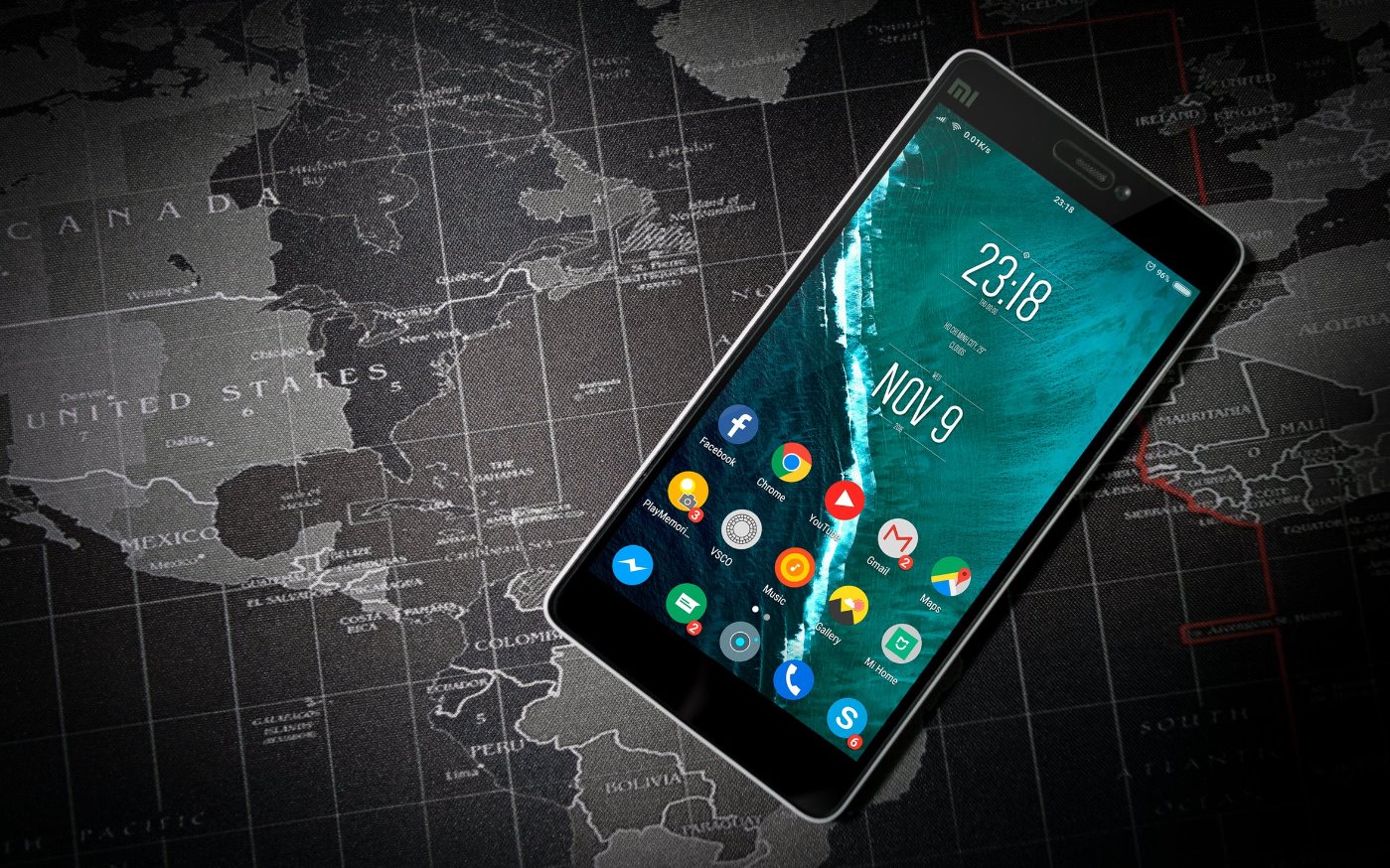
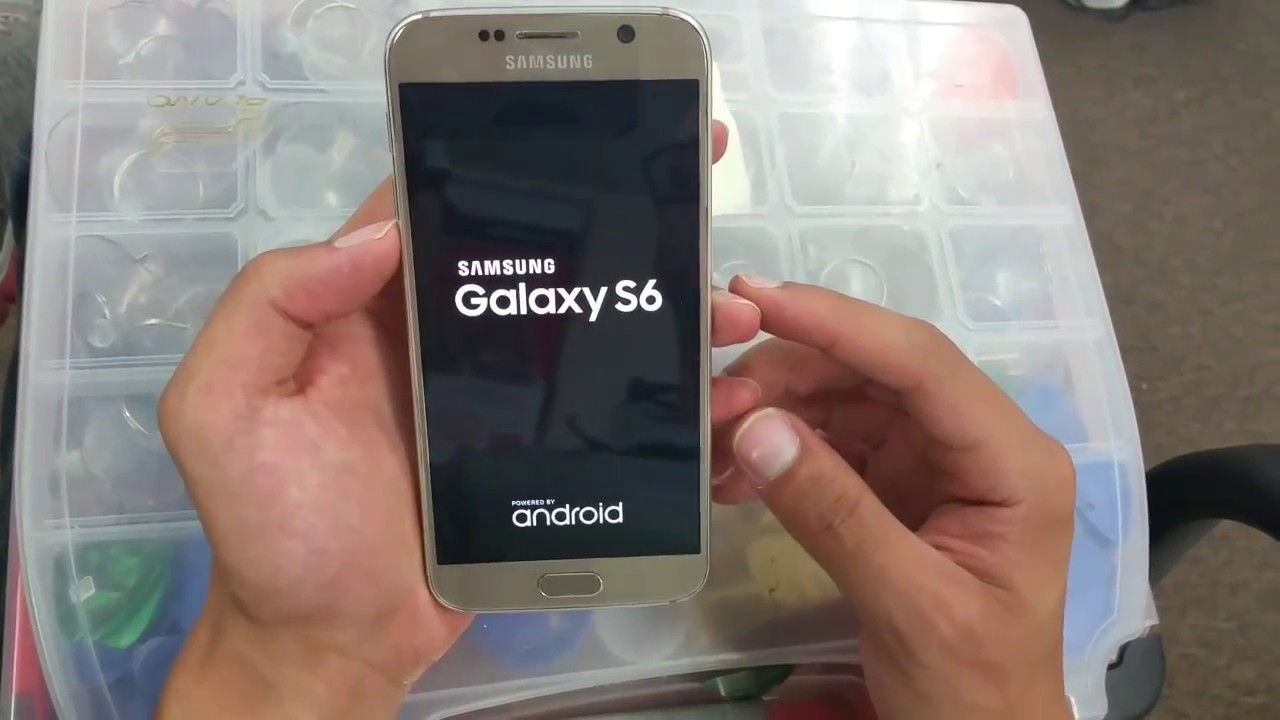
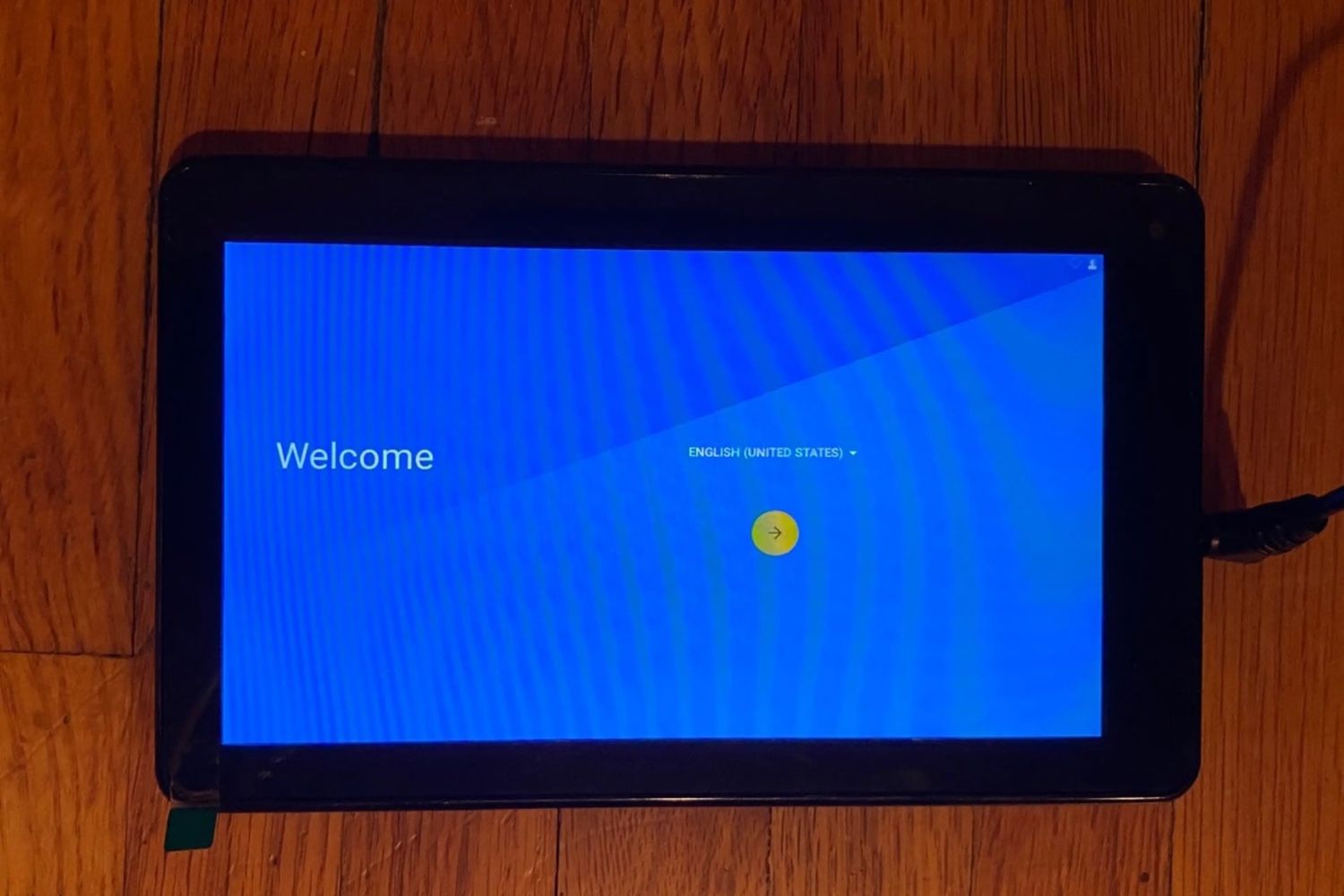
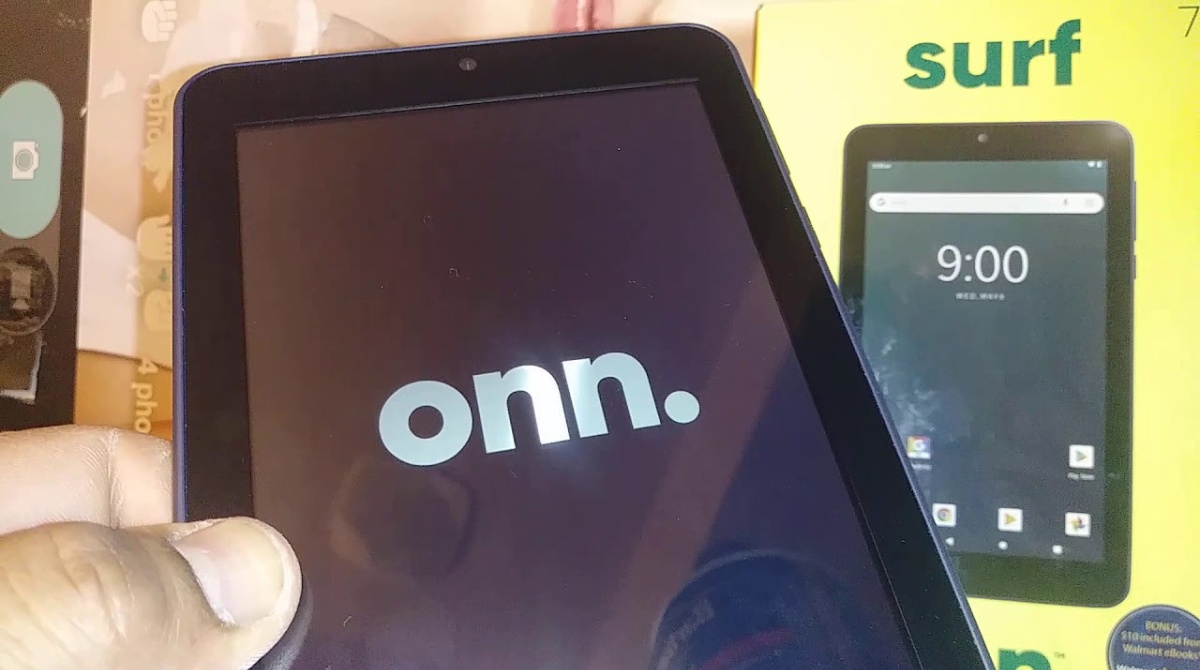
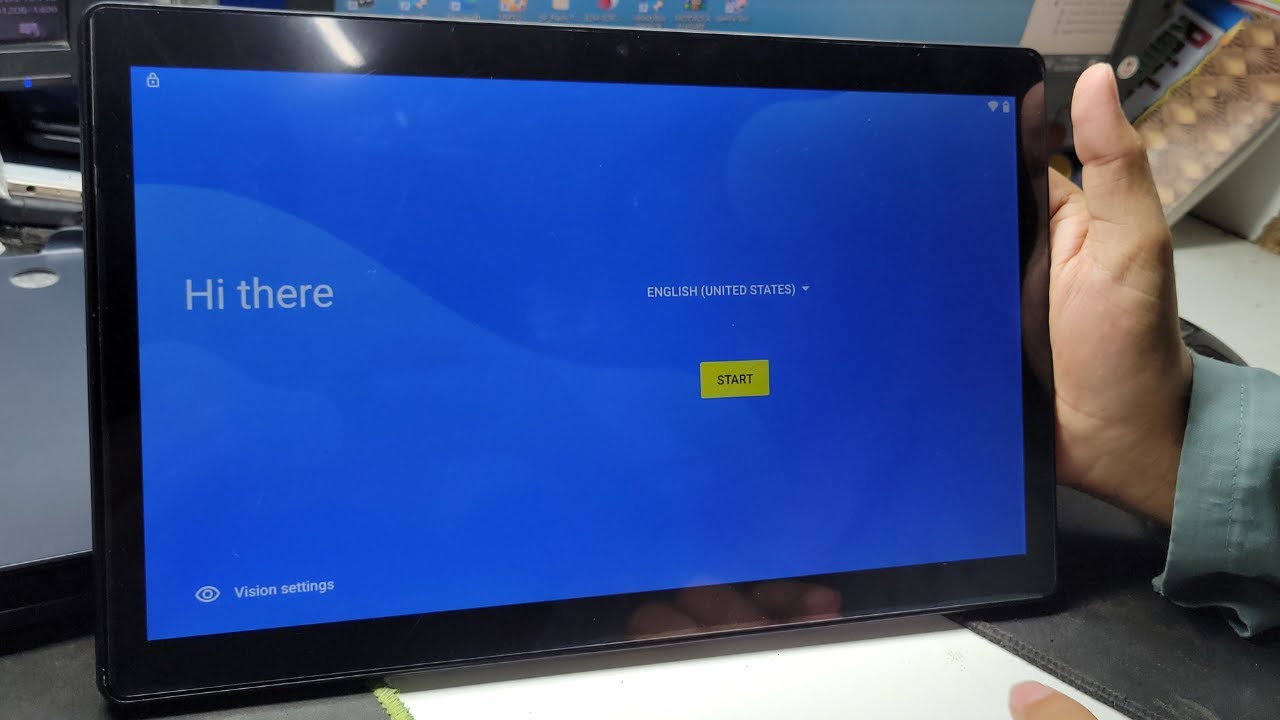
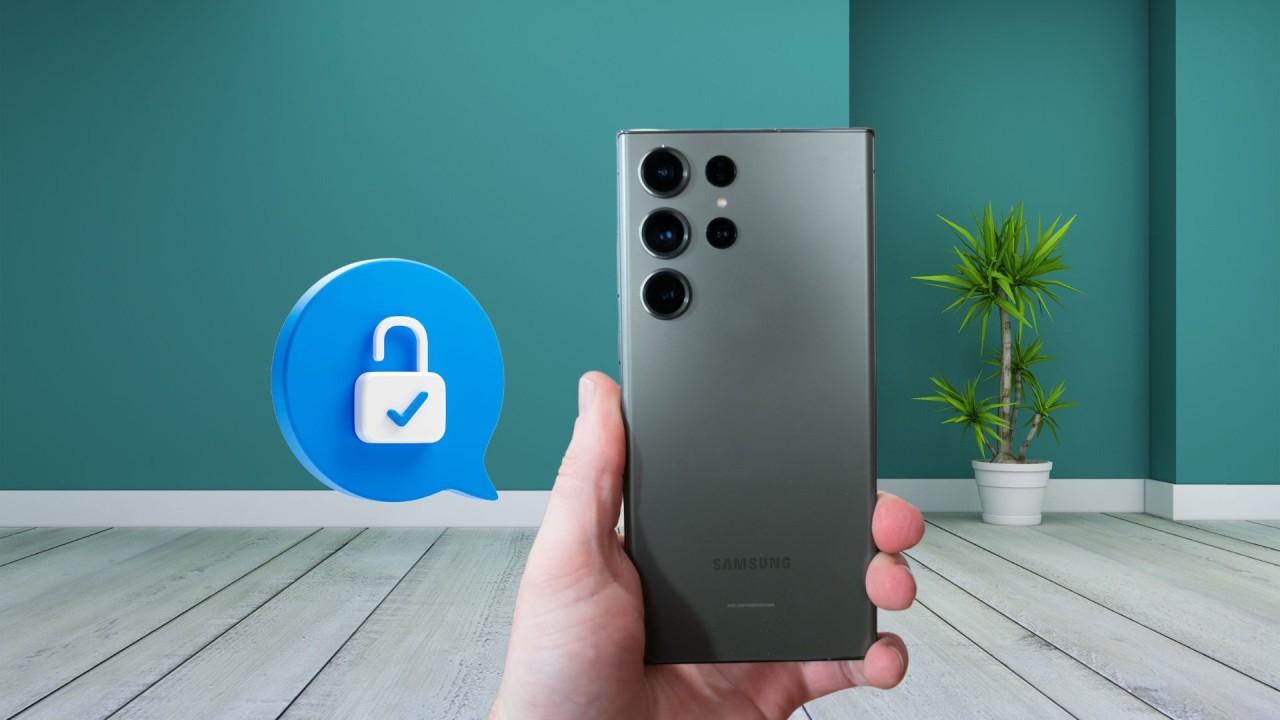
![[Full Guide] How to Bypass Google Account Verification After Reset](https://robots.net/wp-content/uploads/2023/11/How-to-Bypass-Google-Account-Verification-After-Reset-300x180.png)
